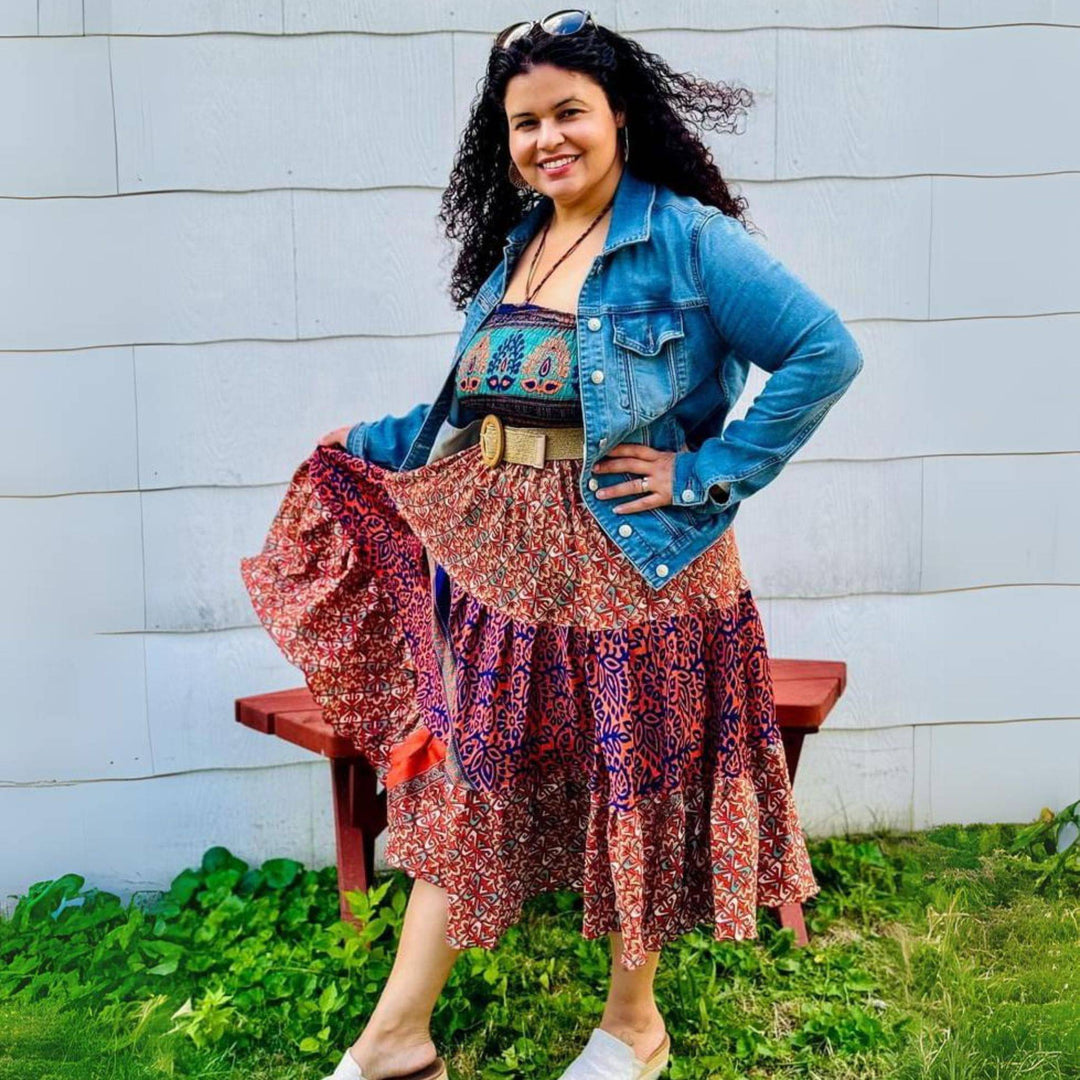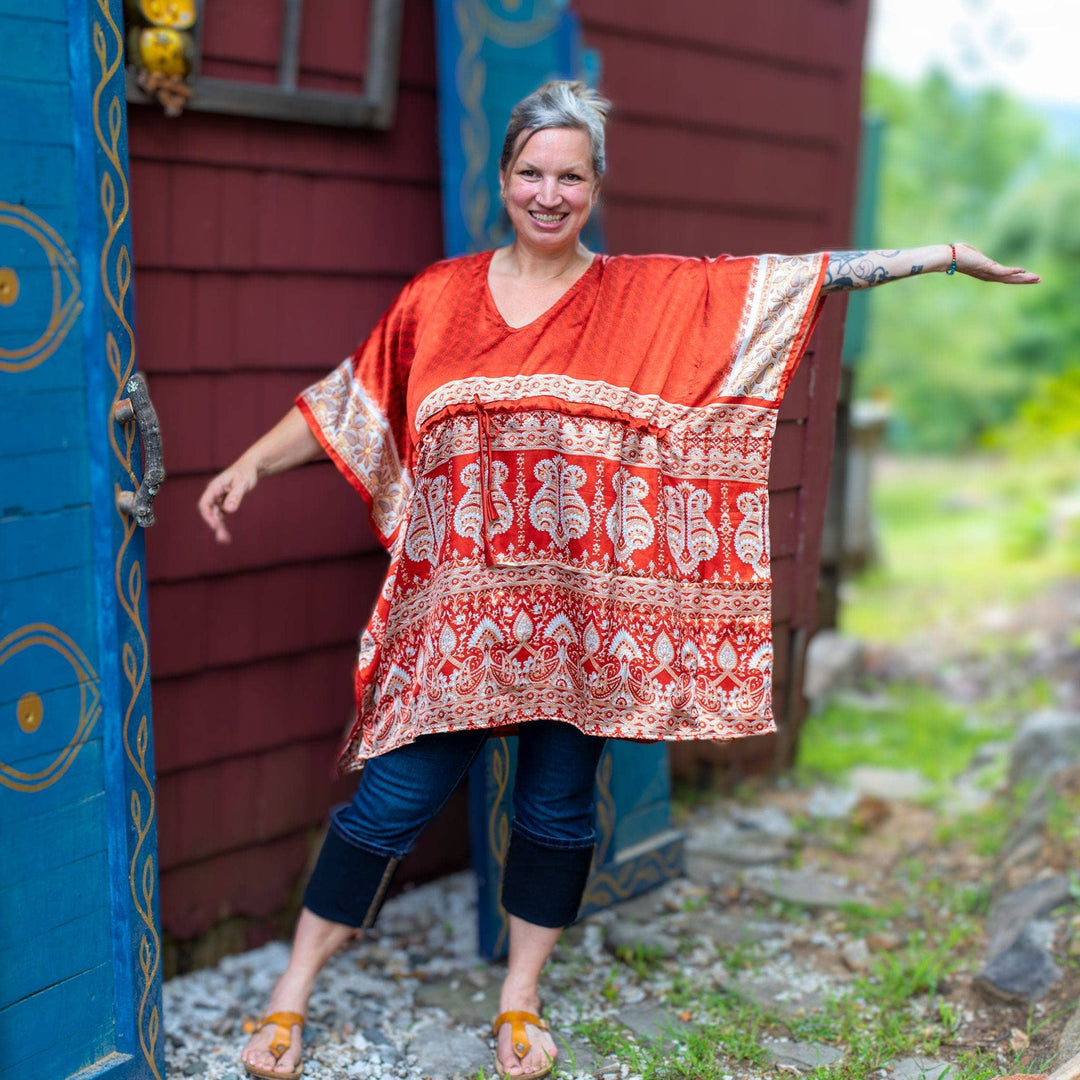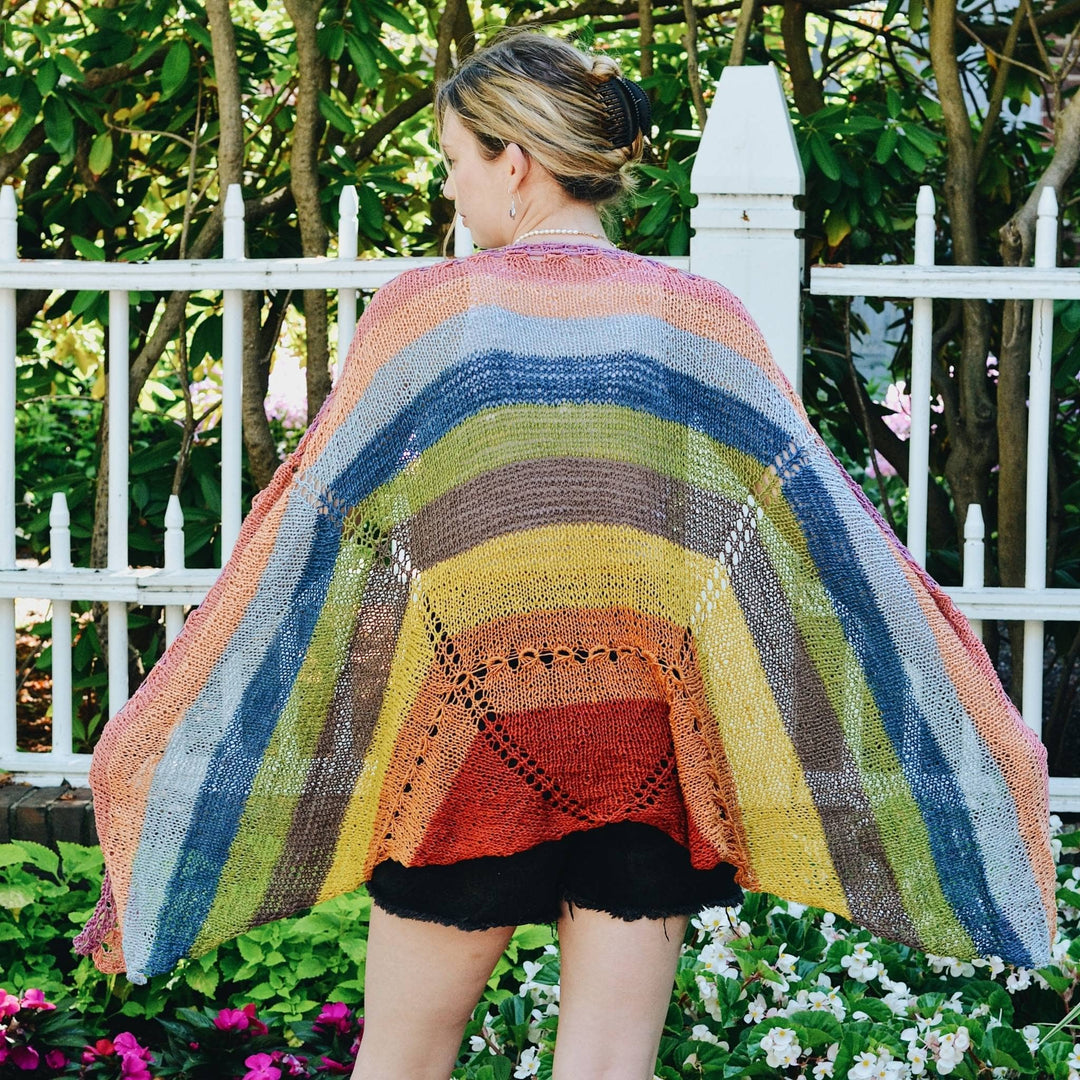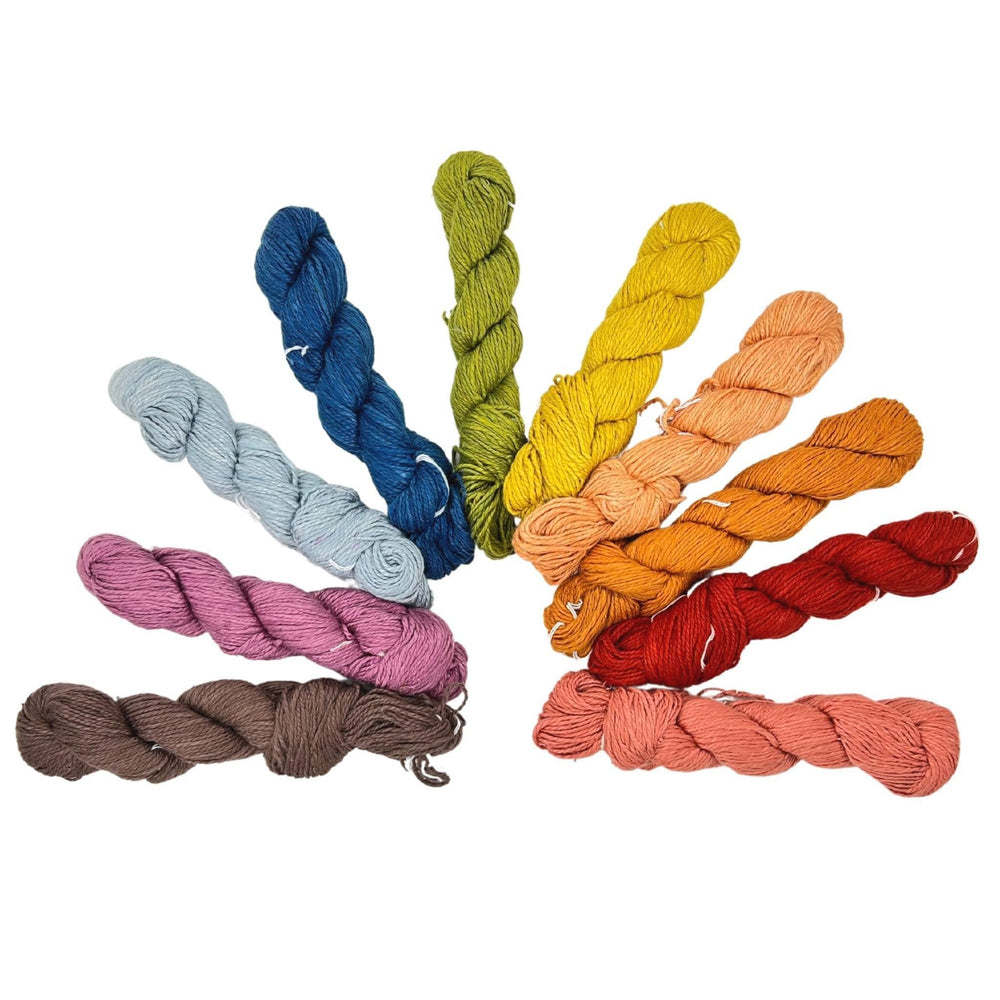Written by Alyssa Scott
The world of crochet can be so exciting and interesting, it can be easy to pass by the granny stitch.Many people begin their crochet journey with some version of a granny square. Granny squares use some of the foundational crochet stitches and techniques, they’re quick to work up, and it’s very easy to see exactly where each stitch should be placed. Plus, they’re a great project to use up any leftover bits of yarn you might have in your stash!

Once you make a few granny squares, a whole world of projects opens up! While there are many fun granny square patterns available online, you don’t necessarily need a pattern to create a beautiful project with your squares. Stitch them together into a bag, hat, plush toy, sweater, scarf, a granny square blanket, or almost anything else you can think of.One question many people have when embarking onto a project is “how many granny squares do I need to make my idea come to life?” This answer is not so challenging to figure out as long as you’re comfortable with a little math, and don’t worry calculators are encouraged here!
To make a granny square blanket, you’ll first want to measure your granny squares. For our example, we’ll use 6” x 6”. Next you’ll want to understand how the joining method of your choice adds to the square measurements. For our example, we’ll select mattress stitch as it does not add inches to a project. Finally we’ll want to know the surface area that we need to cover with our squares. This is easier with a blanket or a bag, but can get a little more complex when dealing with garments. A sketch can be helpful for understanding where squares are needed to fill up certain areas.
Of course you have the option of adding a border to your blanket once it is sewn together. You can decide to do this once the blanket is stitched together, but if you are looking for it to be a particular size you’d want to accommodate for that before deciding how many squares to use. I recommend making a swatch of the border you’re considering around a single granny square. Then remove that total length and width that the border added to the square from the final dimensions of the blanket. Using these new numbers, you can gauge how many squares you will need to complete a blanket. For this example, I will not include a border.

For a granny square baby blanket measuring approx 18” x 24,” I would need 3 columns and 4 rows of 6” granny squares. In total, I would seam together 12 granny squares to make that blanket. When crocheting a granny square blanket for a twin bed (approx 65” x 90”), I would need about 10-11 columns and 15 rows. In total, I would sew together about 150 squares. You’ll notice that if I select 10 columns of granny squares, the total width of the blanket would only be about 60.” I would fix this either by using 11 columns, the blanket would be slightly larger than intended but it would still work beautifully. Or I could use the 10 columns and select a seaming method that added about ½” of width to the vertical seams only, keeping the horizontal seams as mattress stitch. This decision has more to do with personal preference than anything else!A blanket for a full size bed is typically around 85” x 90”. To make this blanket, I would want about 14 columns and 15 rows of 6” granny squares.
A fairly standard measurement for a queen size blanket is about 90” x 90”. For a granny square blanket of that size, I would use 15 columns and 15 rows of 6” squares.
Finally for a king size bed, the blanket should be approximately 108” x 100”. Ideally I would stitch together about 18 columns and 16-17 rows of squares.


Alyssa began working at Darn Good Yarn in the spring of 2021. She has been knitting and crocheting as a hobby since childhood. Alyssa graduated from SUNY Plattsburgh with a Bachelor of Arts in Political Science and Gender and Women’s Studies, with a minor in Social Justice
 Rewards
Rewards




















